We have all been beginners at some point in time. Some of you must have just got your first camera, and being a beginner in photography, probably making some mistakes along the way. The best thing you can do is to identify the mistakes, so you can learn how to fix them, and avoid them in the future. That is the key to becoming a great photographer.
Even pros make some mistakes every now and then, but keeping them to a minimum is a good thing, to continue growing as a photographer. It is good for you and good for your client, thus it is good for business overall. Here are some common mistakes beginner photographers usually make, with tips on how to avoid them.
1. Blowing the Highlights
This is one of the most common mistakes. Blowing the highlights mean that the brightest areas of the picture are practically white. There is no detail to be recovered there (even in RAW). This can be avoided by looking at the histogram or “blinkies” after you take the shot. Most cameras have the option to add blinking overlay to the areas that are blown out. Make sure you look at your histogram after each important shot, and if you see that there are blown out areas, shoot again with lower exposure.
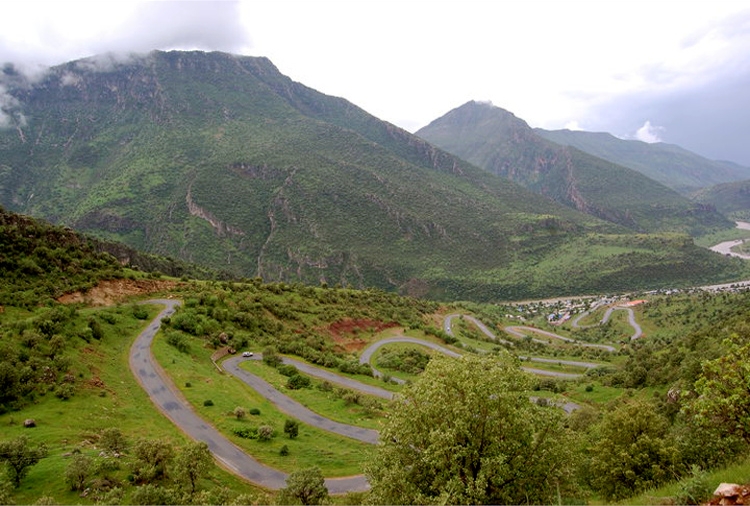
2. Not Using the ISO Properly
Shooting 6400 ISO in bright sun is practically throwing away details and getting more noise for nothing. Understanding how ISO works (Higher ISO number = More light and more noise) will help you avoid this mistake. Nobody wants unnecessary noise in the images, so set your ISO properly and avoid losing detail due to noise.

3. “I’ll fix this in post.”
No. Just no. Don’t rely on post. Fix everything possible before you take the image, avoid the issues left for post-processing since sometimes you think you can fix something, but it turns out you couldn’t and the image is rendered useless. Wasted time and effort. This applies for exposure and everything that happens in camera, as well. Expose right, set your scene properly, then use post-processing to fix little things if necessary, but don’t use “I’ll fix this in post” as an excuse for being lazy.
4. Overdoing Post-Processing
If you ask me, “instagramming” your pictures is the wrong way to go. You as a photographer should be way above that. Quality is what you need to present to the people, not hiding before oversaturated colors, vintage effects, unnecessary blur and all that everyday “Instagram stuff”. Especially when it comes to HDR (High Dynamic Range), making the picture look blotchy, with extremely saturated colors and everything looks like it is done while being on drugs is just plain wrong. HDR is a technique that allows for so many good things, and it is ruined by people who use it wrongly.

5. Creating Black and White Images the Wrong Way
While this might work in 1 of 10000 images, it is usually the wrong way to go. Everybody does black and white images, but few people understand how to use them and their purpose. Black and white isn’t just absence of color – black and white is more about making a point, removing the color as a distraction to get to the point and focus the attention to some key aspect of the photo you are making. Black and white photos should be done meticulously, executed perfectly or not done at all.
6. “It is not good but I’ll post it anyway.”
That is practically performing career suicide. People nowadays know how to “google” somebody and they will eventually see those bad photos, and most likely they will ultimately hurt the value of your photography. Nobody wants that, so only post what is good. It is not about the quantity, quality is what you need to aim for. Five quality photos are better than a million snapshots.
7. “I bought this DSLR last month, but I need a better one now.”
No, you don’t. I wrote an article on how to know when it is time to upgrade, but short periods aren’t the way to go, especially if you are just starting photography. You need to get to know your DSLR, know it like the back of your hand, and when the DSLR can’t do what you need it to do then it is time to upgrade. But if you aren’t experienced enough, you can buy $100,000 Hasselblad and still not be able to take the shot you want. No camera will be good enough if you don’t know how to use it.
8. Working for Free
Just don’t. Not only you are losing money, but you are devaluing photography in general – you are hurting the market. If there are people who are willing to work for free (or for recommendations, which is practically the same), nobody would like to pay for a photographer. And since nobody would pay for a photo, photographers won’t be motivated and able to continue to do what they do best and the whole photography industry will decline and eventually be nothing spectacular. The comic strip below sums up the general sentiment about free photography quite well.
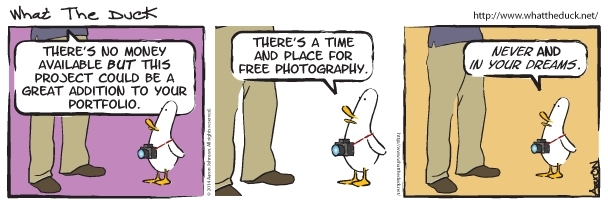
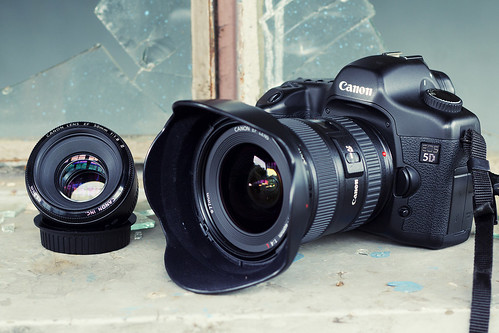

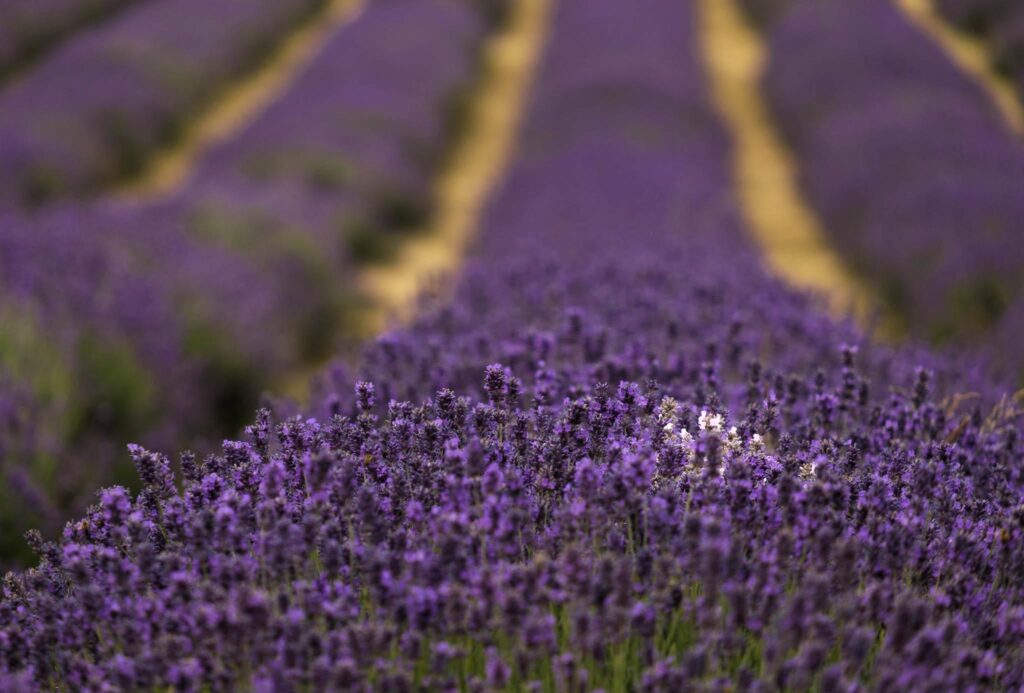
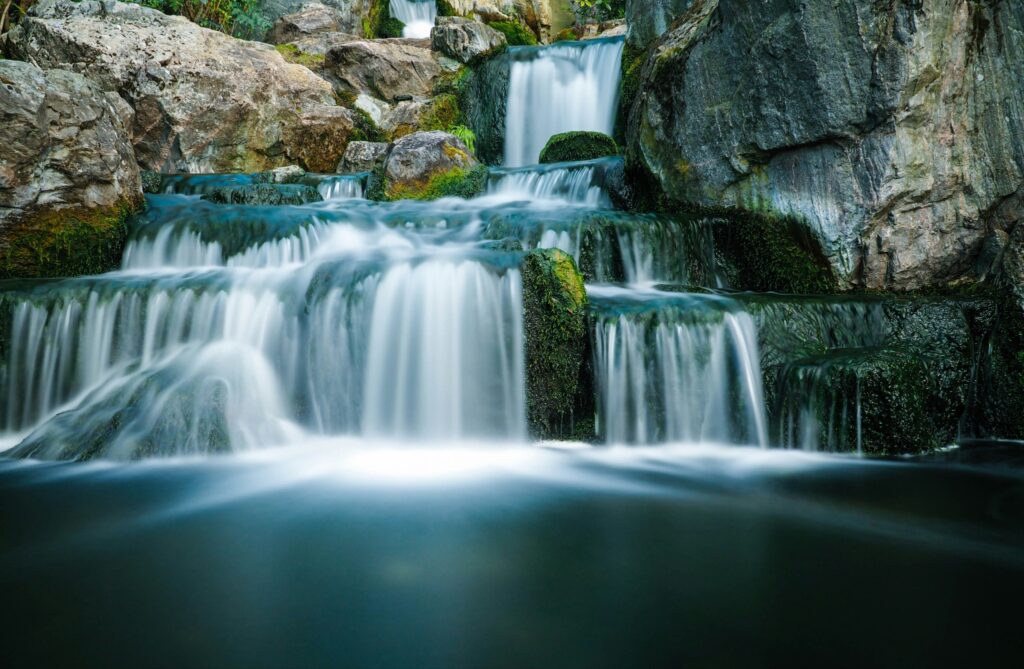
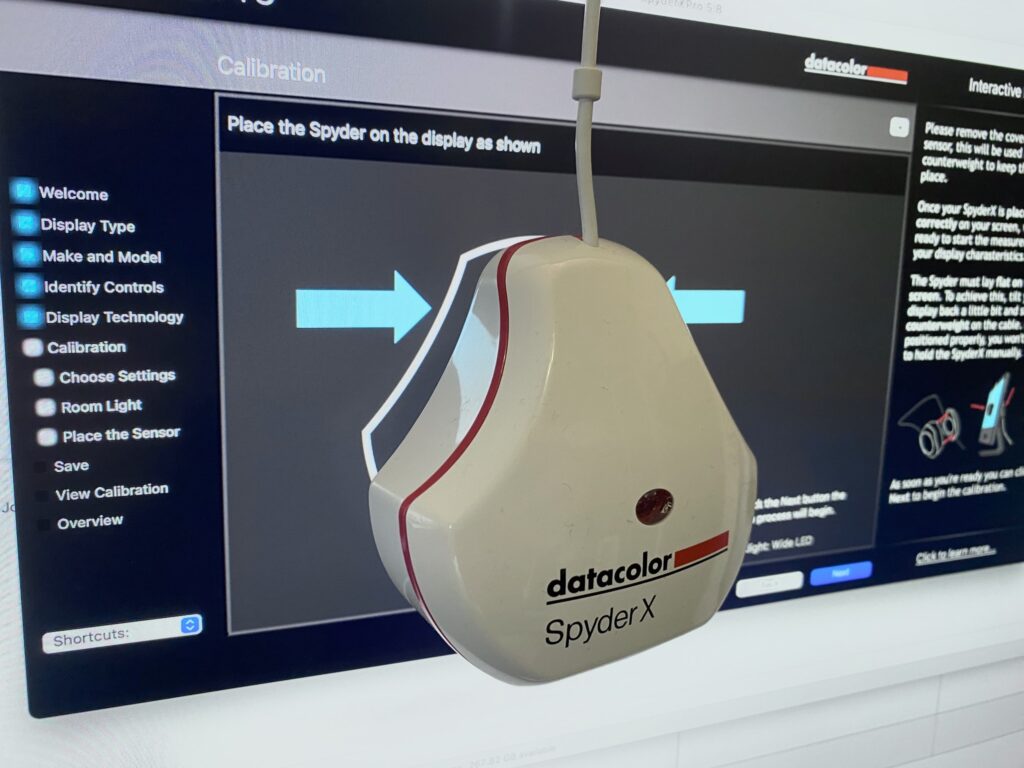
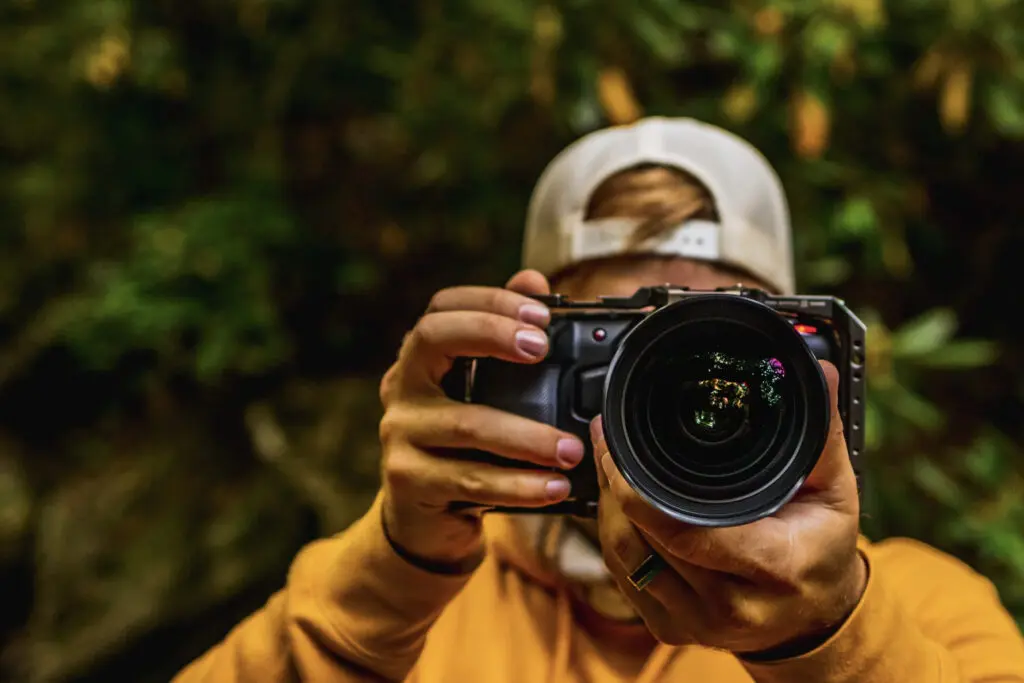
20 Comments
Great points!
I make mistake No 1 quite often. After reading your article I’ll make a special effort to correct it.
Thanks a lot.
Thanks! I’ve made several of these mistakes but haven’t delved into HDR yet.
Great article and excellent points. I like the post processing software available today but sometimes it tends to take away from developing skills with the camera. Too many times I have heard someone say, “I don’t have to take as much time wit the camera since I can correct it in post.” Or something to that effect.
Thanks Dzvonko appreciate your time and effort for this presentation. Have been into photography for about 4 years now, don’t understand black and white enough to do it justice, upgraded too soon to a full frame and lots of money more, etc…as you see I fall into a few of these categorizes you have made mention of…but the one that constantly gets me the most, not unlike quitting smoking cigarettes, is the over doing in post because I can! The overstated, too much sharpening (clarity in Lightroom) and extra hi-lighting areas are my downfall. I try not too, but to no avail, I end up doing it again and again and again(that, the cigarette reference), and why?, I guess mostly to impress myself first, and then my friends to whom I pass on my masterpieces to. Woe is me..I am getting worse me thinks, some have even ended up in the surreal area, and worse, I am proud of them…Help!!
Great and timely article as well, as I am trying to break into the photography market locally and find that people do want me to do photography free. Maybe for a friend or a less fortunate person, but not for the public. Thanks again.
I don’t agree with your comments regarding overdoing PP. I’ve seen many images that were “overcooked” but were very nice. After all, beauty is in the eye of the beer holder. JM2C
I like the HDR shot and I dint think its overdone. HDR can be moody, it can be made to look lots of different ways and although HDR often brings out the greens, the sky in that shot looks very moody and very inviting. There are no hard and fast rules in our work/hobby and what I like you may not its all in the beholders eye.
thank you. Found the tip on blowing the highlights most helpful. thank you
I agree on all your points except #4. Some photographers go to extremes to be “naturalists”. That too has a time and place. Some artists use photography as a first set in their creativity. HDR, Vintage and painted images are just another form of creativity. Some photographers go to “techie extremes” and are “naysayers” to creativity out of their own personal interest realm. Images are viewed through individualistic eyes and personal taste, not just expertise. I learned this the hard way through a competition where my image was chosen by two judges to be perfect . . . and it lost out to the other judge who would not budge on his choice of a young boy’s face (even though it was soft and out of focus) over my dandelion that had gone to seed. The old judge said he could not vote for a perfect weed over a little boy’s face. So it is like trying to pick lipstick or a purse for a woman . . . or determine what is the perfect food for others. Everyone has their own taste. Thank you for allowing my interjection.
Even experienced photographers occasionally need reminders. Just like professional baseball players still review the basics before games.
Thanks for posting.
Harry
Spot On!
Maybe digital cameras made it to easy.
I”ve been shooting for ….well a long time.
In fact I still use film
Digital technology has taken the learning as well as the creativity away
I remember doing several of the things you listed…vintage look…iso set to high…great points and it makes me
feel better knowing I’m not the only one who has messed up!
Barb
Barb’s Burnt Tree Fine Art Photography
Most probably one of the Best if not The Best Articles I`ve read on Light Stalking and most every other photographic related page.
I often commit mistake # 8, I go out sometimes and shoot for free for my friends at parties, primarily to show off my photography skills or the cool gear I carry. Good reminder, I got to stop this, am killing the opportunity for someone in need…!!! Thank you.
I see a lot of photos are over saturated, especially with Fall upon us here in the States. These photos look so unnatural. A true gifted talented Photographer will NOT need to make a lot of adjustments to their photos in post production. They will set the scene properly before depressing the shutter release button!
This has been drilled into my head for over 20 yrs!
Now go out -practice & forget about computer software to fix your mistakes. You will become a better Photographer if you can do this.
I too agree with a lot of other people that have posted comments here. #4 – That photo looks fine to me. It all depends on the look you are going for. Rules are meant to be broken. But yes, learn all the basics first so you know what you are doing and what you need. Photography to me is an art form and not everyone agrees on art.
Sad to see so many miss the point on #4. But then, they are so cure when they are young…
Great article. Digital photography has I believe for beginners taken away one of the most important aspects of photography, thinking about the photograph BEFORE taking it! My 10 year old son has just inherited my old bridge camera and l watched to see how he would use it. It was the predictable click, click, click, moving from one subject to the next. I asked him what he was thinking about the pictures he was taking and he said I wasn’t, I’ll just take lots and pick the best. He of course had never seen a film camera where you would have a limit on the number of exposures. So I explained about the old days:-) and suggested that he might pretend that he only had 36 chances to get that wow picture,. The result, he thinks a lot more about the photograph BEFORE he takes it… job done!
Thank you for this informative post – I am trying to learn still, though have been using my camera eye for past so many years. But each day seems a new day fro me by reading articles like this. I learnt something about ISO today.